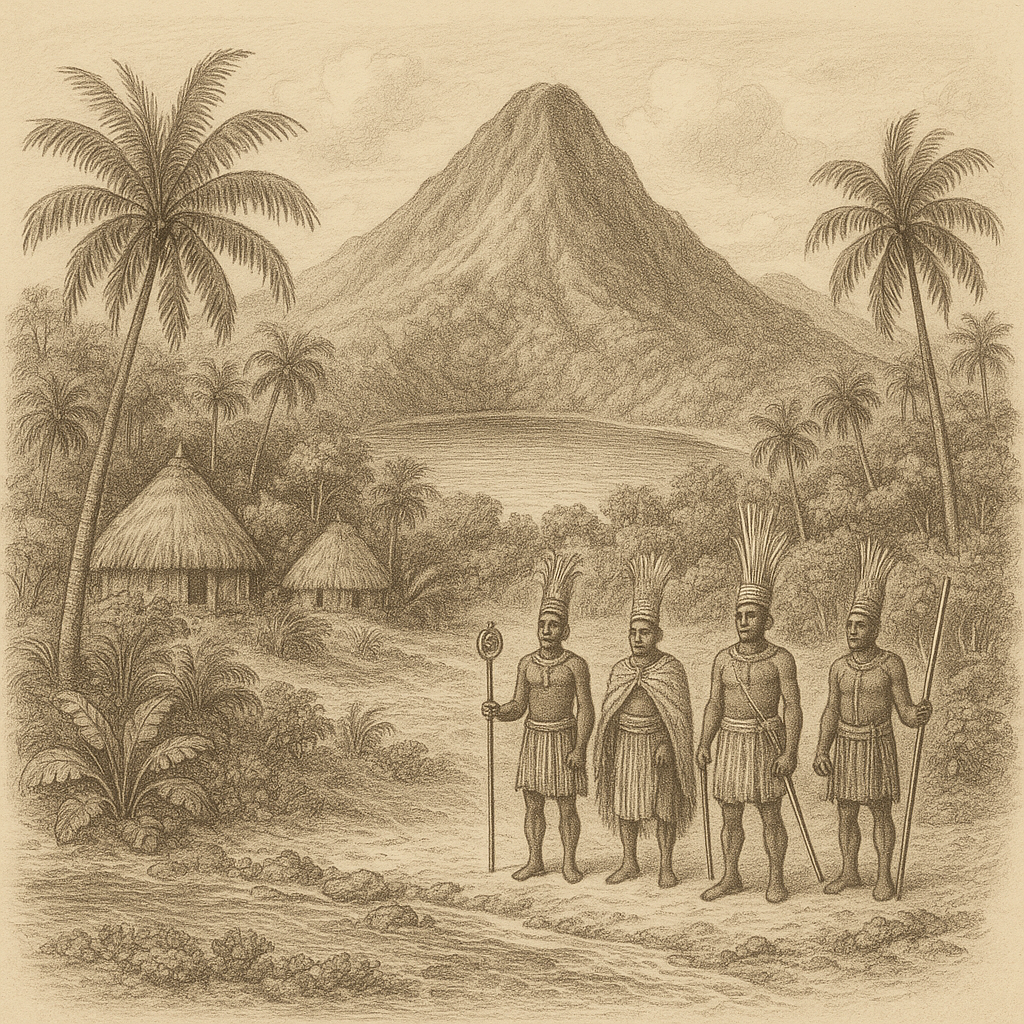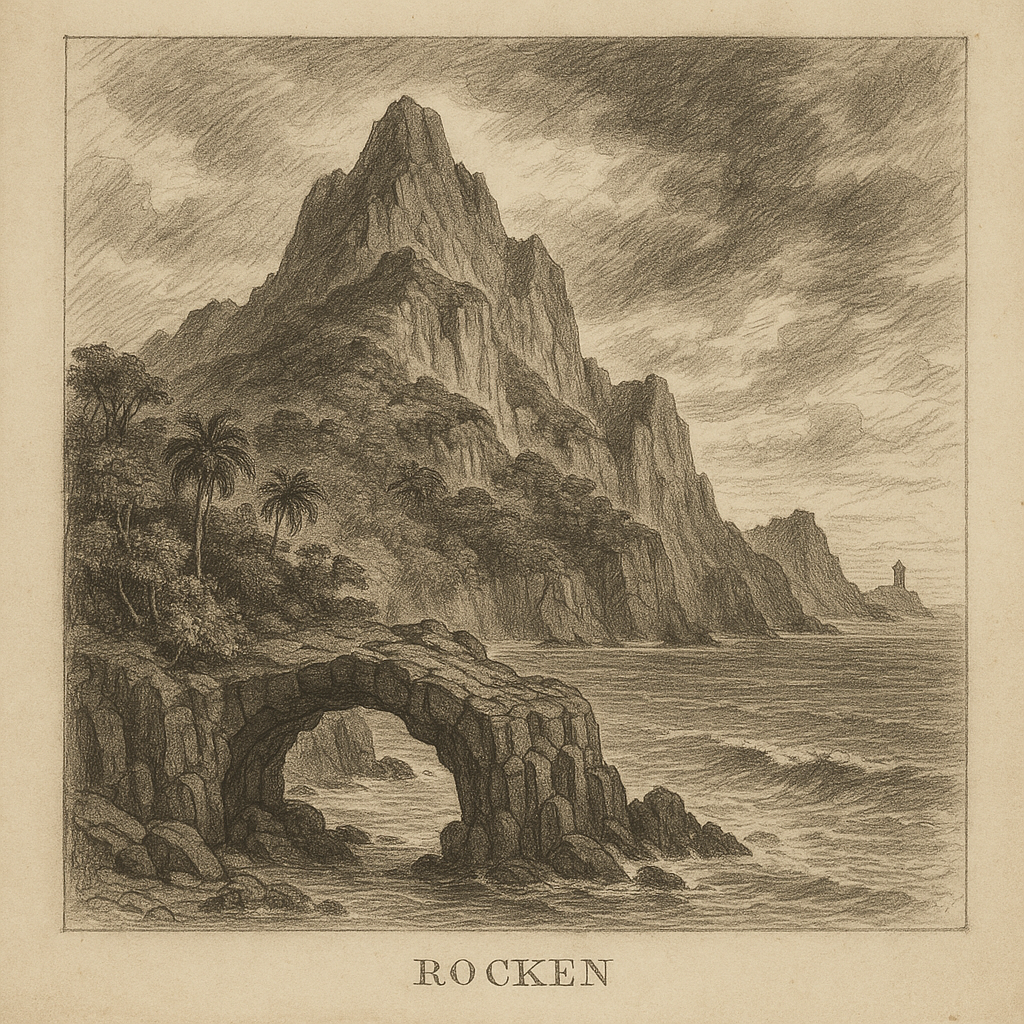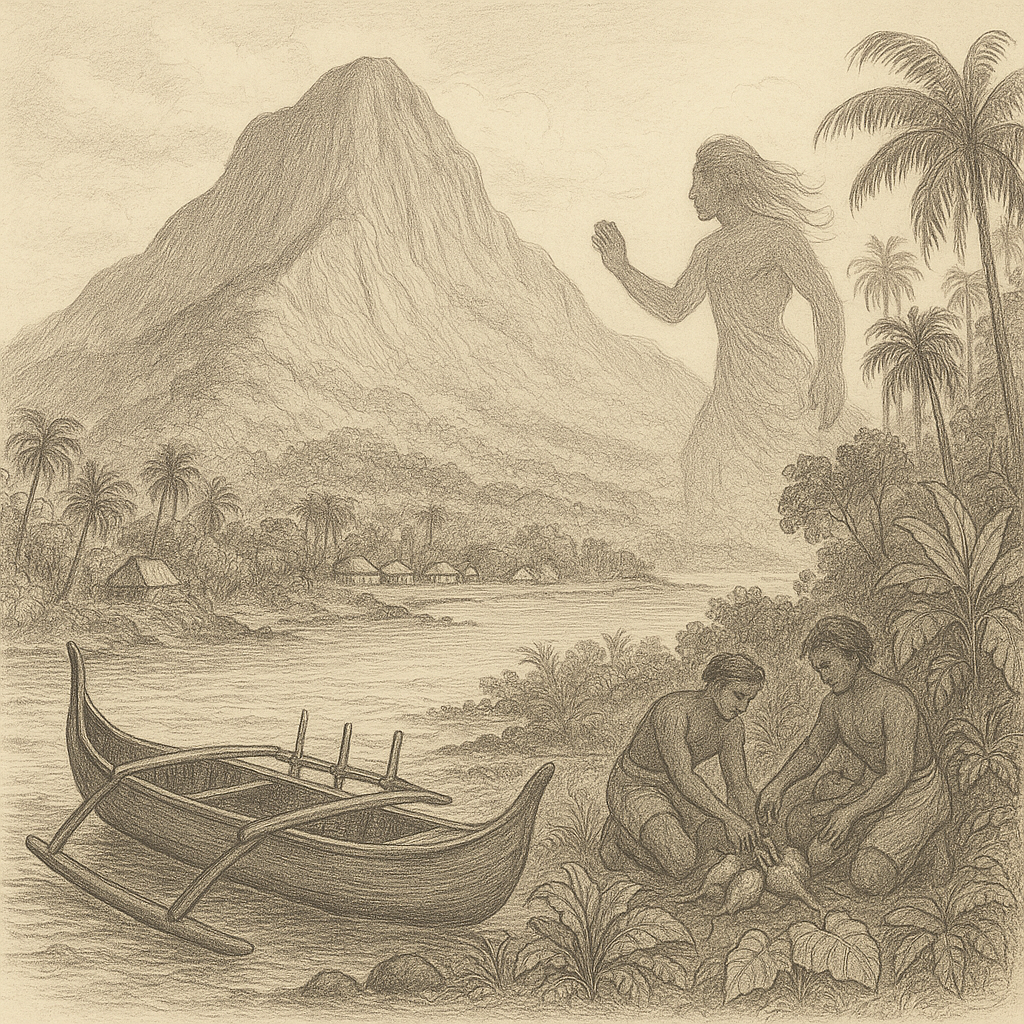Tikopiaa Southwestern Island: A Solitary Wonder of the South Pacific Tucked away in the vastness of the South Pacific Ocean lies Tikopiaa Southwestern Island, a hidden gem of stunning natural beauty, cultural richness, and environmental resilience. This isolated landmass, part of the Solomon Islands archipelago, is home to an ancient Polynesian community and distinctive ecological systems. Despite its remote location, Tikopiaa remains a remarkable example of sustainable living and environmental harmony practiced by its few hundred inhabitants.
Geographical Setting and Geological Origins
Tikopiaa Southwestern Island spans only about 5 square kilometers, yet its miniature size belies its grandeur in cultural and geographical significance. The island is part of the Temotu Province of the Solomon Islands, situated well beyond the main cluster of the archipelago.
The island was formed by a now-extinct volcano, which has contributed to its rugged topography, including a central freshwater lake—Lake Te Roto—nestled within the ancient caldera.
The geology of Tikopiaa is primarily volcanic, with rocky shorelines, black sand beaches, and elevated ridges that provide panoramic views of the surrounding ocean. The steep and often slippery terrain has helped to protect the island from external influences, preserving its unique biodiversity and traditional way of life.
Climate and Biodiversity
The climate of Tikopiaa is tropical and humid, punctuated by a wet season that brings heavy rainfall and occasional tropical cyclones. Rainfall is abundant, ensuring the verdancy of the island throughout the year.
The lush vegetation includes coconut palms, breadfruit trees, taro patches, and a wide variety of endemic plants adapted to the island’s volcanic soil.
Although not home to large terrestrial mammals or predators, Tikopiaa supports a rich diversity of birds, particularly seabirds that nest along the cliffs.
The surrounding coral reefs host a wealth of marine life including reef sharks, colorful fish species, sea turtles, and vibrant coral formations. These reefs not only sustain the islanders’ subsistence fishing but also act as a natural barrier against storm surges.
Culture and Traditional Governance
Perhaps more than the island itself, the people of Tikopiaa are what make the location extraordinary. The population, estimated to be around 1,200 in the early 2000s, consists of Polynesians who have maintained their cultural identity and social structures over centuries. Their language, Tikopian, is one of the few Polynesian languages spoken in Melanesia and forms a vital part of their heritage.
One of the most remarkable aspects of Tikopian society is its traditional governance system. The island is ruled by four chiefly lineages, each led by a chief known as an Ariki. These hereditary leaders govern different aspects of island life, from land use to conflict resolution, and play key roles in preserving the social cohesion of the community.
The people of Tikopiaa are renowned for their sustainable agriculture practices. Shifting cultivation has long been abandoned in favor of intensive, permanent farming systems. Forest gardens, composting methods, and controlled population growth through culturally sanctioned practices have enabled the community to thrive for over a thousand years without depleting their limited resources.
Interesting Facts about Tikopiaa Southwestern Island
One of the most fascinating features of Tikopiaa is its unique approach to population control. Historically, the islanders have practiced measures such as celibacy, adoption, and even the infanticide of surplus children to prevent overpopulation. Though controversial from a modern viewpoint, these practices ensured that the island’s resources were never overburdened.
Another interesting point is the islanders’ spiritual beliefs, which closely tie to nature. Many traditional ceremonies and festivals revolve around the planting and harvesting cycles and the changing seasons. Despite the introduction of Christianity in the mid-20th century, many indigenous religious practices continue to coexist with Christian beliefs.
Tikopiaa also famously survived Cyclone Zoe in 2002, one of the most intense tropical cyclones ever recorded in the South Pacific. Despite fears of significant devastation, the Tikopians had already evacuated vulnerable areas and taken shelter in caves, demonstrating their comprehensive knowledge of the landscape and weather patterns. The island suffered minimal loss of life, further showcasing the resilience and preparedness of its people.
Island Legends and Oral Traditions
Like many Polynesian cultures, the Tikopians have a rich oral tradition involving legends that date back centuries.
One enduring story tells of the origin of the island’s central lake, Lake Te Roto. According to local legend, the lake was formed when the gods punished a quarrelsome family of giants by flooding their village, turning the once-thriving lowland into a lake. The spirits of the giants are said to dwell beneath the surface, and rituals are occasionally performed to honor them and ensure safe fishing in its waters.
Another popular tale speaks of the “Star Canoe,” a celestial vessel that is believed to have brought the first ancestors from a distant island toward the rising sun. Guided by ancestral spirits and the stars, the canoe eventually came to rest on Tikopiaa’s black shores, marking the beginning of the Tikopian lineage. During annual celebrations, songs about the voyage are still sung to pass down knowledge of navigation and heritage.
Older generations often share these stories while carving traditional canoes or weaving palm fronds, ensuring that the island’s intangible heritage remains intact. Despite the pressures of modernization, storytelling remains deeply embedded in the Tikopian identity.
Modern Challenges and Preservation Efforts
Although Tikopiaa has successfully resisted many external pressures through its traditional governance, the island faces modern challenges including climate change, rising sea levels, and increased exposure to global markets and values. In response, several ecological and cultural preservation initiatives have been introduced, many led by the community itself in collaboration with international non-governmental organizations.
Environmental education programs and renewable energy projects are increasingly being implemented to help the islanders remain self-sufficient while embracing modern sustainability techniques. Elders and local leaders continue to push for the documentation and preservation of indigenous knowledge, recognizing its importance in facing contemporary global challenges.
Tikopiaa Southwestern Island stands not only as a geographical marvel but also as a testament to human resilience, cultural preservation, and ecological harmony. This small dot in the ocean offers the world a powerful lesson: that traditional knowledge, when aligned with the rhythms of nature, can provide sustainable solutions that endure across millennia.



